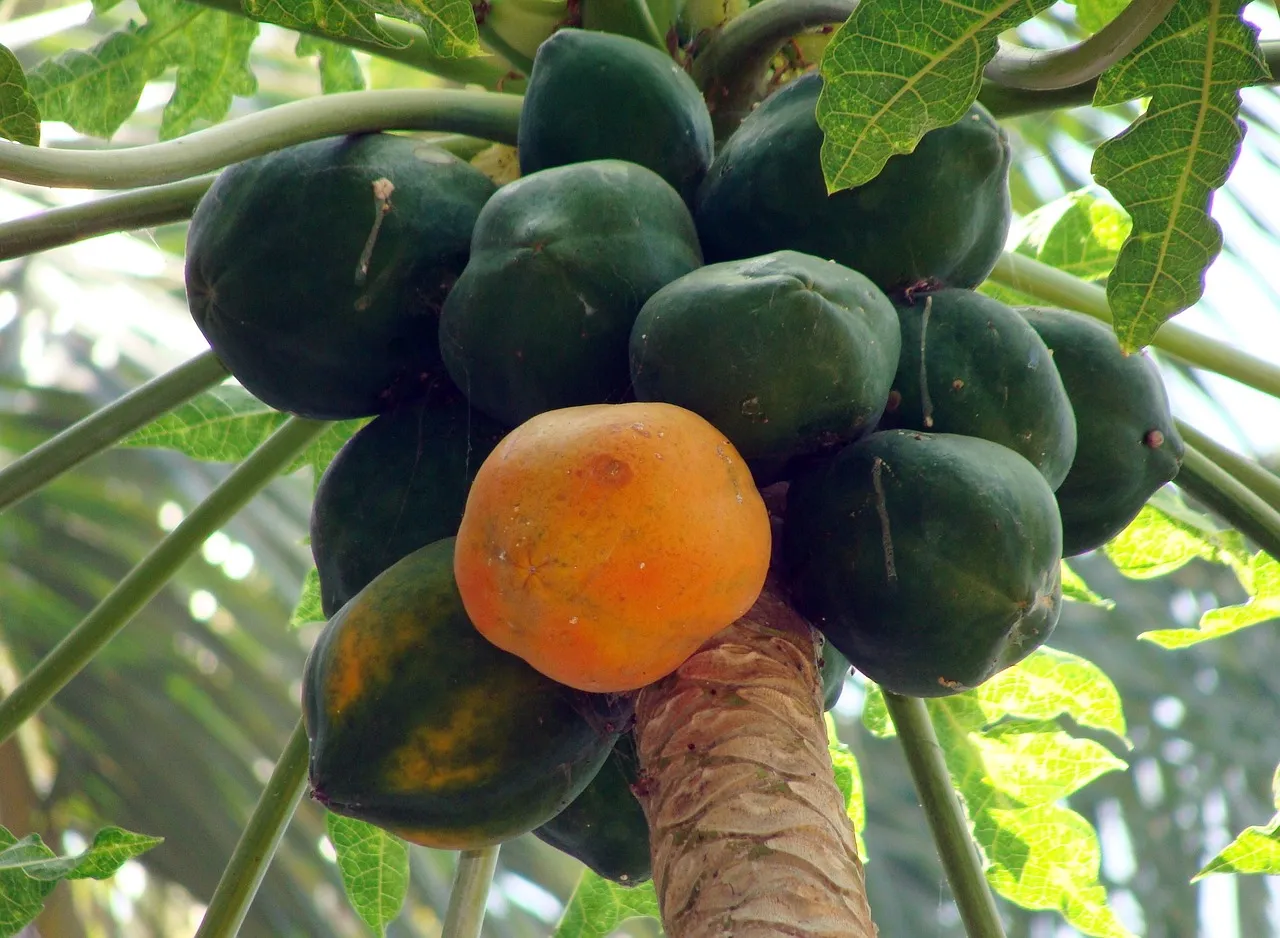In the ever-evolving realm of sustainable agriculture, where conscientious farming practices meet the demand for environmentally friendly and economically viable solutions, organic papaya cultivation has emerged as a beacon of promise for Indian farmers. The landscape is shifting towards a more holistic approach, emphasizing the symbiotic relationship between cultivation and the environment. Against this backdrop, this comprehensive guide is crafted as a compass, directing farmers through the intricate maze of organic papaya cultivation, fostering not only prosperity but also a sustainable, eco-conscious future.
Organic papaya cultivation stands at the intersection of profitability and environmental responsibility, presenting a unique opportunity for farmers to participate in a venture that is both financially rewarding and ecologically sound. As the demand for organic produce continues to surge, understanding the nuances of cultivating organic papayas becomes not just a practice but a key to unlocking the full potential of one’s
Organic Papaya Cultivation Fundamentals
Understanding Organic Papaya Cultivation:
Organic papaya cultivation is a nuanced practice that goes beyond traditional farming methods, focusing on sustainable and eco-friendly approaches. To embark on this journey successfully, one must comprehend the core principles that distinguish organic papaya farming from conventional methods. At its essence, organic cultivation involves harnessing the power of nature to promote soil health, biodiversity, and crop resilience. Unlike conventional farming, which often relies on synthetic fertilizers and pesticides, organic papaya cultivation emphasizes using natural inputs, such as compost, organic fertilizers, and biopesticides.
In this section, we will delve into the foundational aspects of organic papaya cultivation, starting with the significance of soil preparation. The soil serves as the lifeline for any crop, and in organic farming, maintaining a healthy and nutrient-rich soil ecosystem is paramount. Farmers are encouraged to engage in practices such as crop rotation and cover cropping to enhance soil fertility naturally. Composting, another integral component, transforms organic waste into nutrient-dense compost, fostering a sustainable and closed-loop system.
Seed selection is another critical facet of understanding organic papaya cultivation. Organic seeds, free from genetic modifications and chemical treatments, lay the groundwork for a truly organic crop. Farmers are advised to source high-quality organic papaya seeds from reputable suppliers, ensuring the purity and authenticity of the genetic material. This conscious choice at the beginning of the cultivation process sets the tone for a healthy and robust papaya harvest.
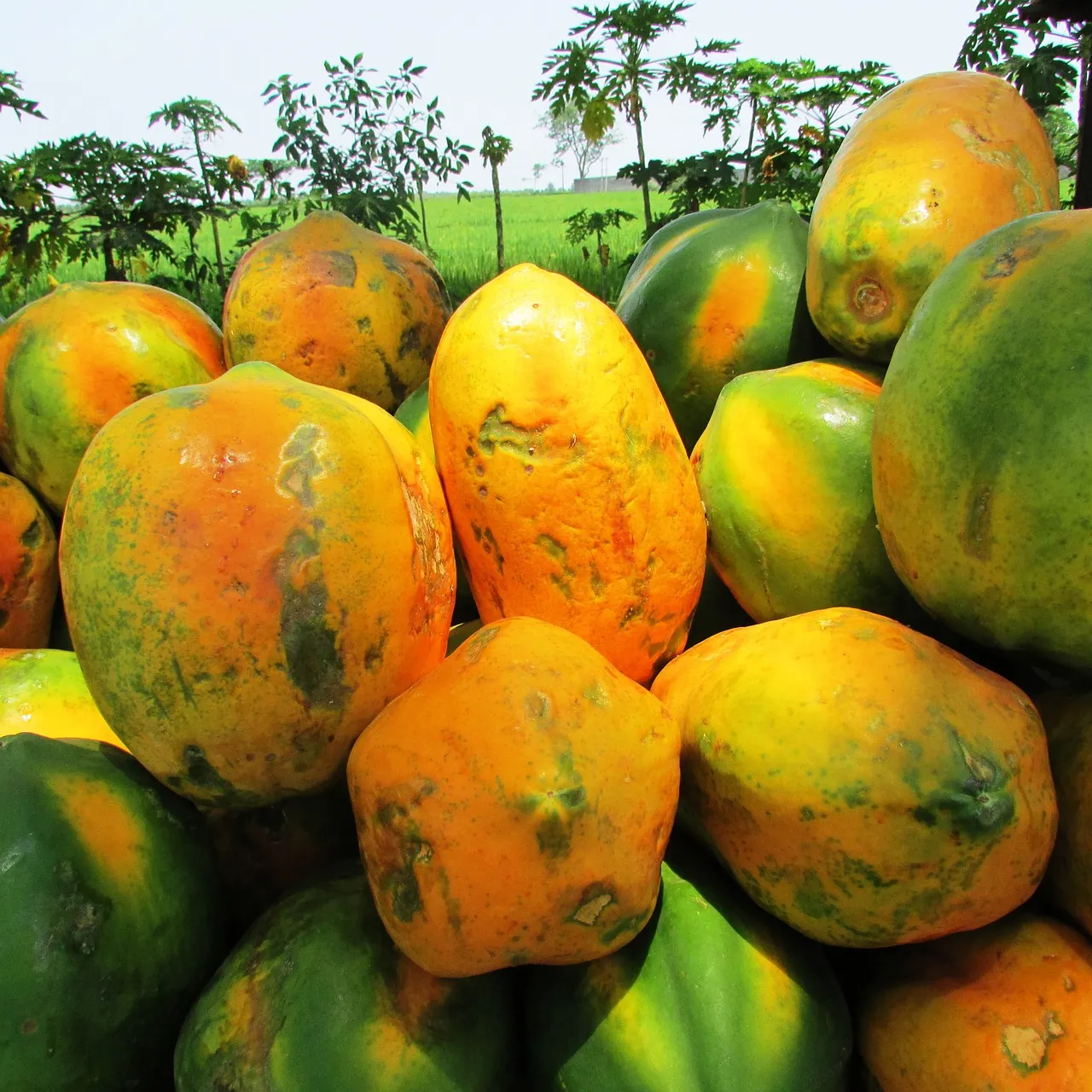
As we progress, the guide will also shed light on the meticulous management of organic practices throughout the papaya plant’s life cycle. From natural pest control methods to weed management without herbicides, organic papaya cultivation requires a holistic and integrated approach. Understanding the delicate balance between various elements—soil, water, sunlight, and biodiversity—is key to cultivating papayas organically.
Moreover, embracing organic papaya cultivation involves fostering a harmonious relationship between the farmer and the environment. This means minimizing the ecological footprint by avoiding the use of harmful chemicals that can seep into the soil and water systems. It also involves promoting biodiversity on the farm, encouraging the presence of beneficial insects and microorganisms that contribute to a healthy and resilient ecosystem.
In essence, understanding organic papaya cultivation is about recognizing the interconnectedness of various factors and appreciating the delicate dance between nature and agriculture. As we explore the depths of this practice, farmers will gain insights into how organic principles can not only yield high-quality papayas but also contribute to the sustainability of the land and the broader ecosystem. The journey towards organic papaya cultivation is an invitation to become stewards of the land, fostering a farming ethos that aligns with the principles of environmental stewardship and long-term agricultural viability.
Best Practices for Papaya Cultivation in Specific Regions
India’s diverse agro-climatic zones demand tailored best practices for successful papaya cultivation. The effectiveness of these practices lies in their alignment with the specific environmental conditions, soil types, and weather patterns prevalent in different regions of the country. As we delve into the nuances of papaya cultivation, it’s essential to acknowledge the geographical diversity that characterizes India and adapt our best practices accordingly.
In the northern regions of India, where winters can be chilly, selecting papaya varieties with a higher tolerance for cooler temperatures becomes crucial. Best practices include providing protective coverings during colder nights and strategically planning the planting season to avoid frost damage. Additionally, optimizing the use of organic mulches to retain soil warmth and moisture is essential in these regions.
Conversely, in the tropical and coastal regions of Southern India, where the climate is warm and humid, the emphasis is on disease prevention and water management. Proper spacing between papaya plants, adequate drainage, and vigilant monitoring for diseases, such as fungal infections, become integral best practices. Moreover, organic pest control methods in these areas are paramount due to the prevalence of pests attracted to the tropical climate.
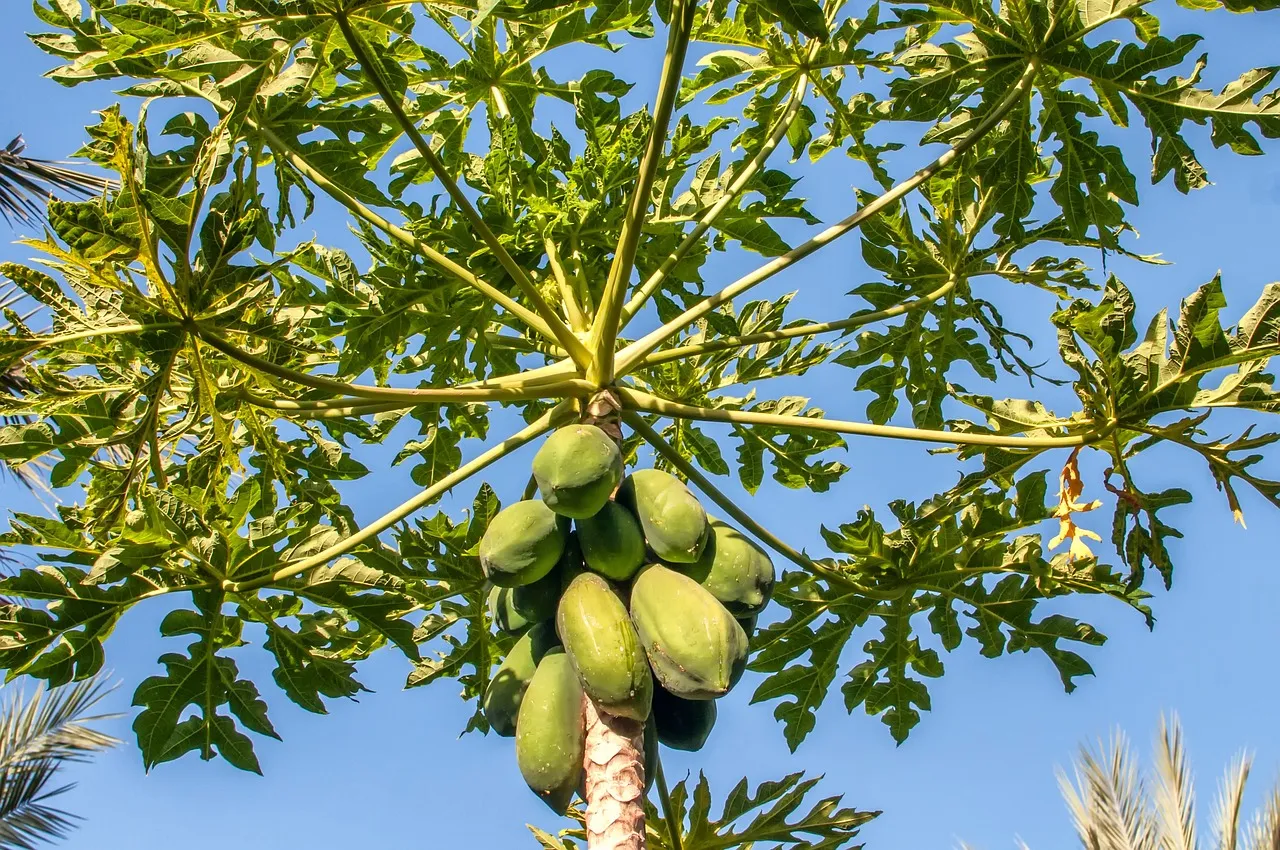
In the arid regions of Western India, where water scarcity is a common challenge, water-efficient irrigation practices take precedence. Drip irrigation systems and rainwater harvesting techniques are among the best practices employed to ensure optimal hydration for papaya plants while conserving water resources. Additionally, selecting papaya varieties that are well-suited to arid conditions enhances the chances of a successful harvest.
The Eastern regions, characterized by fertile alluvial soils and high rainfall, demand practices that mitigate waterlogging and nutrient leaching. Implementing raised bed cultivation, proper drainage systems, and nutrient-rich organic amendments are essential best practices to navigate the unique challenges posed by abundant rainfall.
Understanding the specific needs of each region also extends to soil management practices. Soil testing and subsequent nutrient supplementation are critical in ensuring that the soil provides the necessary elements for papaya plants to thrive. In alkaline soils prevalent in some regions, incorporating organic matter and adjusting pH levels become essential best practices.
Furthermore, the timing of planting and harvesting plays a pivotal role in maximizing yield. Best practices include aligning planting schedules with optimal weather conditions, and ensuring that the papaya plants receive the right amount of sunlight throughout their growth cycle.
In all regions, community engagement and knowledge-sharing are invaluable best practices. Local farmers’ experiences, indigenous wisdom, and collaborative efforts contribute significantly to refining and adapting papaya cultivation practices. This collective approach fosters resilience in the face of climatic uncertainties and ensures the sustainability of papaya cultivation practices across diverse regions in India.
Ultimately, the best practices for papaya cultivation in India are a dynamic amalgamation of traditional wisdom, scientific innovation, and region-specific adaptations. As farmers navigate the unique challenges presented by India’s varied landscapes, the integration of these best practices serves as a compass, guiding them toward a fruitful and sustainable papaya harvest.
Step-by-Step Guide to Organic Papaya Farming
How to Grow Organic Papaya at Home in India
Embarking on the journey of growing organic papaya at home in India offers a rewarding and sustainable way to enjoy fresh, homegrown produce. This step-by-step guide aims to empower individuals with the knowledge and actionable insights needed to start a small-scale organic papaya farm within the confines of their home.
Germination and Seed Selection:
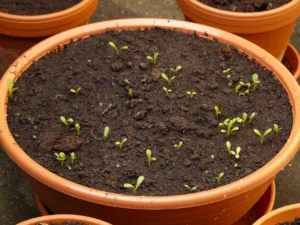
The first step in growing organic papaya at home is selecting high-quality organic papaya seeds. Opt for reputable seed suppliers or consider saving seeds from organic papayas purchased at local markets. To enhance germination rates, soak the seeds in water for a day before planting. Choose a well-draining potting mix and sow the seeds at a depth of about 1 inch. Maintain a warm and humid environment for optimal germination, and ensure the soil stays consistently moist.
Seedling Care and Transplanting:
Once the papaya seeds have germinated and developed into sturdy seedlings, it’s time to transplant them into larger containers or directly into the ground if climate permits. Select a sunny location with well-draining soil. Space the seedlings adequately, considering the eventual size of mature papaya plants. Provide organic compost or well-rotted manure to nourish the young plants and encourage robust growth.
Soil and Water Management:
Organic papaya plants thrive in well-draining, nutrient-rich soil. Regularly amend the soil with organic matter such as compost, ensuring a continuous supply of essential nutrients. Implement a watering schedule that keeps the soil consistently moist but not waterlogged. Mulching around the base of the plants helps retain moisture, suppress weeds, and regulate soil temperature.
Pruning and Support:
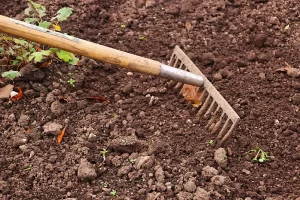
As papaya plants grow, they benefit from strategic pruning to encourage a strong structure and airflow. Remove dead or damaged leaves, and consider thinning out excess growth to focus the plant’s energy on fruit development. If growing in containers, providing stakes or supports for the plants helps prevent them from toppling over due to the weight of the papayas.
Pest Control and Disease Prevention:
Organic pest control methods are vital to maintaining the health of papaya plants. Regularly inspect the plants for pests such as aphids or whiteflies, and employ natural remedies like neem oil or insecticidal soap. Embrace companion planting with pest-repelling plants to deter common papaya pests organically. Additionally, practicing good hygiene by removing fallen leaves and maintaining a clean garden environment helps prevent diseases.
Harvesting Ripe Papayas:
The joy of growing organic papayas at home culminates in the harvest of ripe, flavorful fruits. Papayas typically take around six to nine months to mature, depending on the variety and growing conditions. Harvest when the fruits reach a mature size and develop a yellow-orange hue. Use a clean, sharp knife to cut the papayas from the plant, leaving a small portion of the stem attached.
Seasonal Considerations in Papaya Cultivation
Monsoon Papaya Cultivation Tips
During the monsoon season, tailor your papaya cultivation for optimal growth with our expert tips. Embrace well-draining soil to prevent waterlogging, a common challenge during heavy rains. Implement a careful watering schedule, balancing the natural rainfall with supplemental irrigation to maintain consistent moisture levels. Prune and stake plants strategically to withstand gusty winds. Apply organic fertilizers rich in nutrients to compensate for potential leaching. Vigilantly monitor for fungal infections, a prevalent issue in humid conditions, and employ natural remedies promptly. By adapting your approach to these monsoon-specific challenges, you ensure your papaya plants not only endure but thrive amidst the unpredictable weather.
Winter Care for Organic Papaya Plants
In winter, safeguard your organic papaya plants with essential care measures. Shield them from the cold by providing a protective covering, such as burlap or frost cloth, during chilly nights. Ensure adequate sunlight exposure by placing plants strategically to capture winter sun rays. Adjust watering frequency to prevent waterlogging in the cool season, allowing the soil to dry slightly between irrigations. Apply a layer of organic mulch around the base to conserve soil moisture and insulate the root system. Prune any damaged or unproductive branches to encourage energy conservation. With these winter care practices, your organic papaya plants will thrive and endure the seasonal challenges.
Summer Papaya Farming Techniques
Master the art of summer papaya farming with tailored techniques to address the unique challenges of the season. Shield plants from intense sunlight by providing partial shade during peak hours. Implement a strategic watering schedule, ensuring consistent moisture without waterlogging. Mulch around the base to retain soil moisture and regulate temperature. Employ organic pest control methods to combat heightened pest activity in warm weather. Prune excessive foliage for better air circulation and energy distribution. By navigating the intricacies of summer farming with these techniques, you optimize the conditions for your papaya plants, ensuring a robust and flourishing harvest despite the seasonal hurdles.
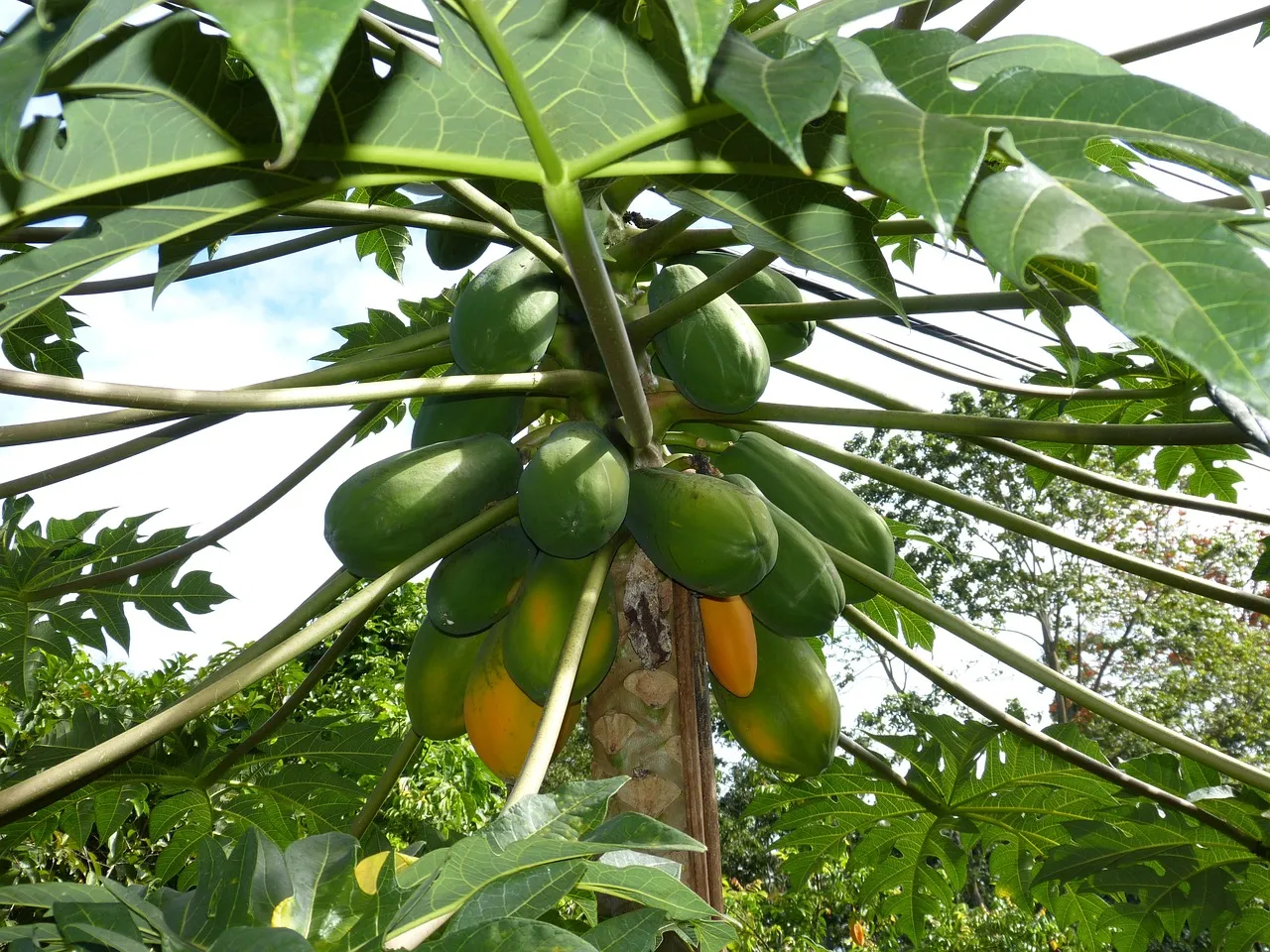
Navigating the Market and Selling Strategies
Organic Papaya Market Trends in India
In the dynamic landscape of organic papaya farming in India, staying informed about market trends is paramount. Recognize shifting consumer preferences towards organic produce and position your papayas accordingly. Embrace sustainable and transparent practices to meet the growing demand for ethically sourced fruits. Leverage e-commerce platforms and local markets to broaden your reach. Focus on product branding and storytelling to resonate with eco-conscious consumers. By aligning your organic papaya offerings with current market trends, you not only meet consumer expectations but also establish a competitive edge, ensuring sustained success in the evolving organic produce market in India.
Selling Organic Papayas: A Guide for Farmers
Delve into the art of selling organic papayas with this comprehensive guide for farmers. Master the nuances of successful sales by focusing on strategic packaging that enhances product appeal. Develop a distinctive brand identity that communicates the values of organic farming, fostering consumer trust. Forge meaningful relationships with buyers through transparent communication and reliability. Explore diverse sales channels, from local markets to online platforms, to maximize market reach. By unlocking these secrets to effective selling, farmers elevate their organic papayas from produce to sought-after, environmentally conscious choices, ensuring sustained success in the competitive market.
Irrigation Systems for Papaya Cultivation
Explore the realm of irrigation systems tailored for organic papaya cultivation, a vital aspect of optimal water management. Embrace drip irrigation to deliver controlled and efficient water directly to the plant roots, conserving resources and preventing water wastage. Consider utilizing soaker hoses for gradual and uniform hydration, promoting deep root growth. Employing rainwater harvesting systems further enhances sustainability. Precision in watering is paramount, and understanding the diverse irrigation options empowers farmers to navigate water scarcity challenges. By delving into these systems, organic papaya cultivation becomes a harmonious dance between water conservation and ensuring the plants receive the hydration essential for their thriving growth.
Organic Fertilizers and Their Benefits for Papaya Plants
Enter the realm of organic fertilizers, integral to the well-being of papaya plants. Discover the diverse benefits these natural amendments bring to cultivation. Organic fertilizers, derived from compost, manure, or plant matter, enrich the soil with essential nutrients, fostering robust papaya growth. Unlike synthetic alternatives, they enhance soil structure, promote microbial activity, and ensure sustainable nutrient release. Harness the power of nutrient-rich compost teas for bioavailable nourishment. With a nuanced understanding of organic fertilizers, farmers cultivate not just papayas, but a thriving ecosystem where plant health flourishes, aligning with environmentally conscious practices and contributing to the overall sustainability of organic papaya cultivation.
Conclusion:
With the insights gained from this comprehensive guide, you’re poised for success in the realm of organic papaya cultivation. This guide serves as your roadmap, spanning from fundamental practices to advanced strategies, providing a key to sustainable and profitable farming. As you embark on this journey, you’re not just growing papayas; you’re fostering a thriving, eco-conscious farming future. Embrace the organic revolution, and let this guide be your companion in cultivating not just crops but a harmonious and sustainable relationship with the land. Happy farming awaits, as you contribute to a greener and more resilient agricultural landscape.
#OrganicFarming #PapayaGuide
